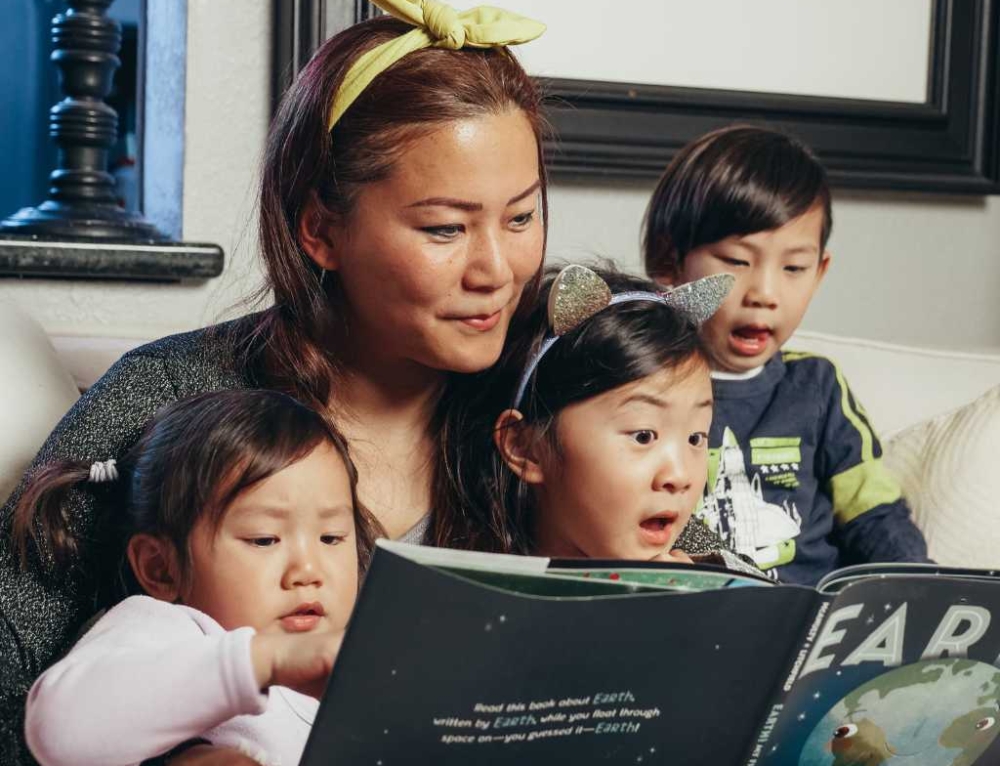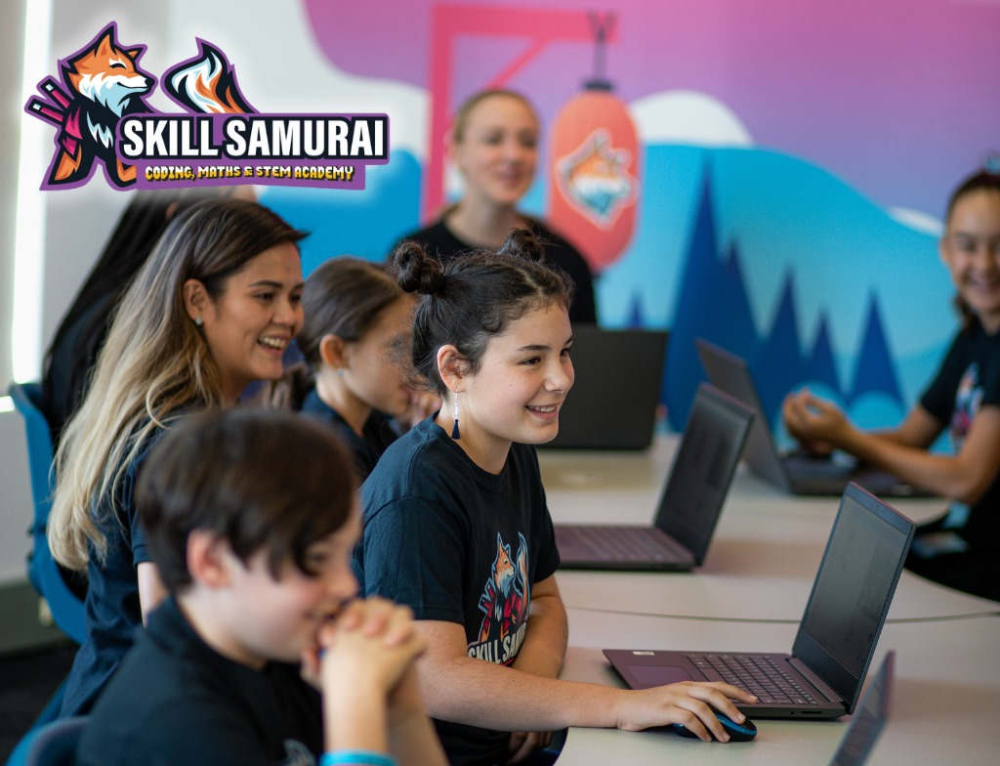Having a child suffering with growing pains can be extremely frustrating – they’re painful for the sufferer, they can come and go unpredictably, they can last on and off for years, there’s nothing actually wrong that can be ‘fixed’, and there’s no sure-fire way to ease the pain.
It’s estimated that about one in five children between the ages of three and fifteen will experience growing pains, and that boys and girls are affected equally. Growing pains usually come and go for a few years, but disappear permanently by mid adolescence.
IMPORTANT!
See your doctor if you are worried by the extent of your child’s pain, or suspect that there is something more serious going on – such as persistent and severe pains, if there is a limp or swelling, or an affected part is tender or feels hot.
What are growing pains?
- Muscular aches and pains in both legs – usually in the calf, behind the knee and in the front of the thigh. Occasionally growing pains affect the arms muscles as well. Growing pains shouldn’t cause any pain in the joints.
- Growing pains can be intermittent – coming every night for a week and then disappearing for a week, only to return again.
- Growing pains usually begin in the late afternoon or evening.
- Growing pains are usually at their worst during the night and the pain can be strong enough to wake a sleeping child.
- The pain is then gone by morning.
- Growing pains should not affect your child’s ability to move easily, or to run and play. Headaches may occasionally accompany growing pains.
- Growing pains do not result in any long-term health problems.
Relief from growing pains
Parents who have kids with achy legs are all too familiar with the nocturnal calf massaging, application of heat packs and providing pain relief medication in a bid to get them off to sleep.
Maybe these remedies have worked for you but during the 1980s, scientists studied leg pain in children and came up with the following stretching routine, which is still labelled as the only technique proven to work to alleviate the discomfort associated with growing pains.
The stretching regime does take a bit of commitment and effort but if you’re the sleep-deprived parent of a similarly sleep-deprived achy-legged child, it’s good to know that this is a treatment that actually works.
Additionally, if you recognise any growing pain triggers such as daytime sport or being overtired, try do the stretching routine on the danger days.
Growing pain stretches
- Lie your child on their tummy and gently hold their heel to their bottom. Get your child to lift their thigh off the floor to stretch it further. Repeat this several times.
- Lying on their tummy, get your child to bend their leg to 90 degrees at the knee then push the front of your child’s foot down to stretch out their calves. Hold for a few seconds and repeat.
- Your child lies on their back and you lift each leg gently by the heel to stretch out the hamstring. Hold for a few seconds and repeat.
- The stretching process should only take a few minutes.







Leave A Comment
You must be logged in to post a comment.